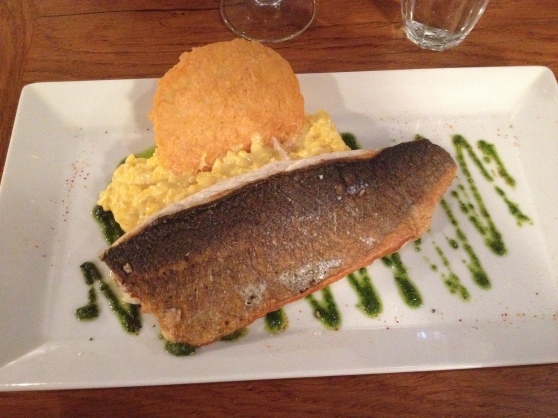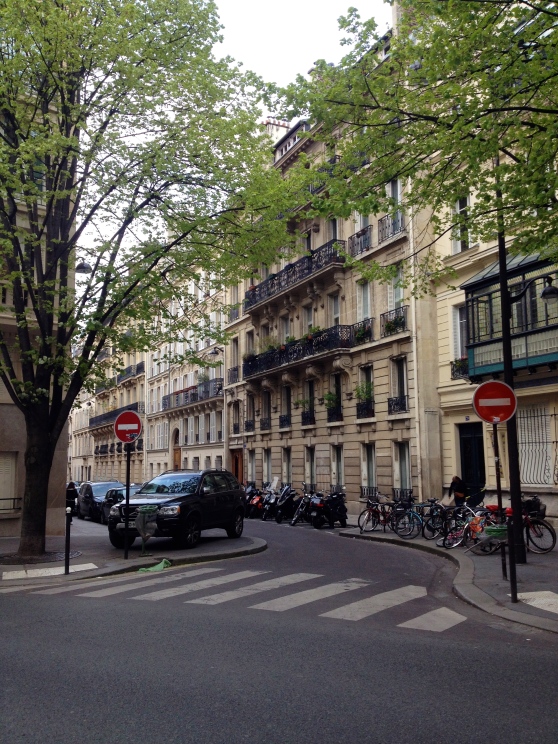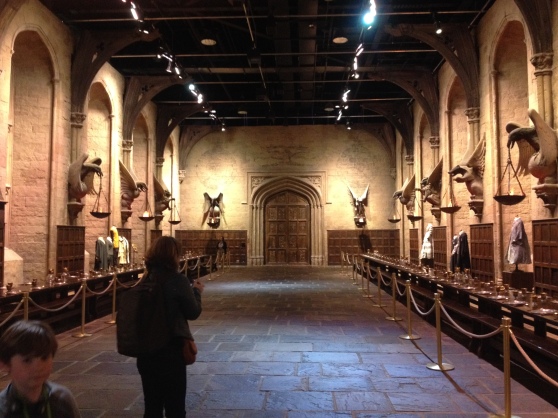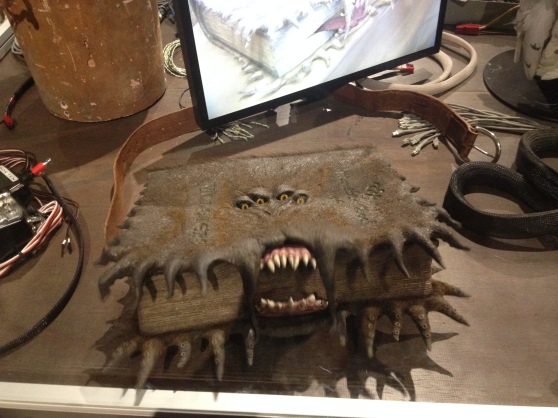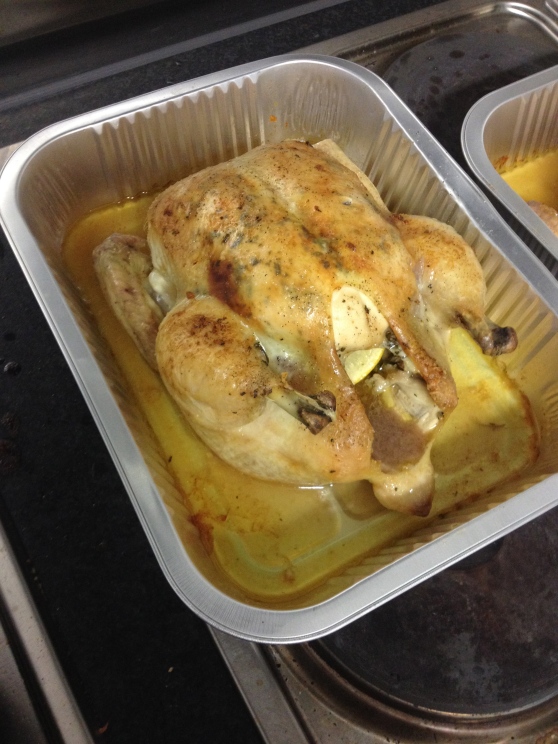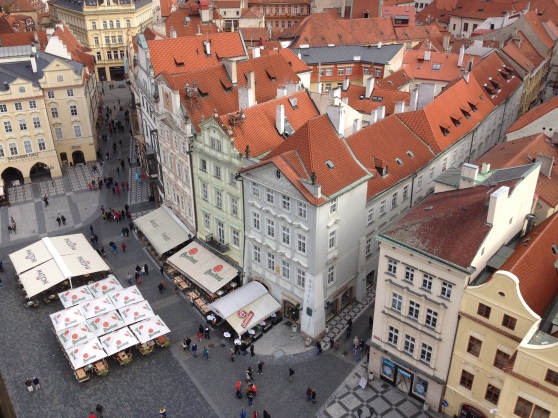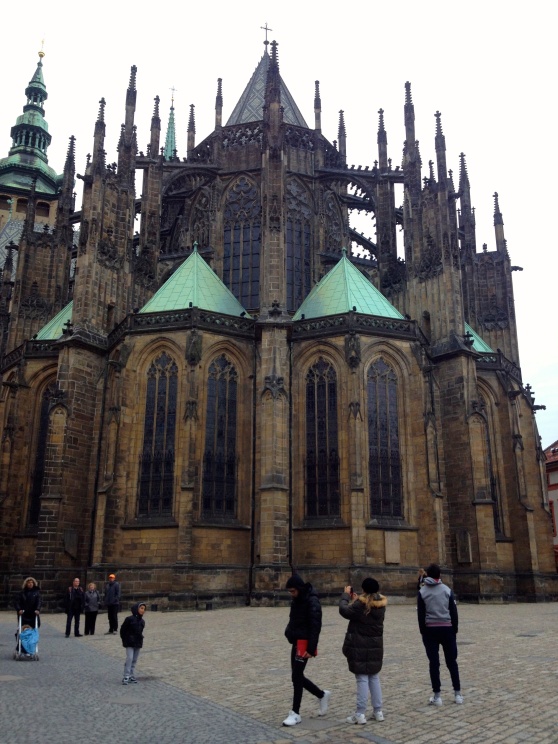I was 19 years old and a college sophomore when I finally mustered the courage to come out to my parents. I remember the pressure building over the course of my winter break as if it were carbonation lifting my secret to the surface of a sealed bottle until it pressed against the lid, waiting for the release.
In the weeks leading up to the big (though ultimately uneventful) reveal, I remember watching the TV show Brothers & Sisters with singular focus, seeking out any semblance of nerve and gumption from each DVD I devoured. The Greg Berlanti-directed saga told the story of a sprawling, multi-generational family in Ojai, California. Each episode peeled back layers of drama, deception, and intrigue that muddied the cloudy waters of a seemingly idyllic American family.
Amidst an adulterous and embezzling father, an outcast political pundit sister, a drug-addicted brother, and a failed marriage, the mere fact of a gay sibling barely warranted attention. Though not without its challenges, the relationship between lawyer Kevin and chef Scotty progressed into a loving and fulfilling union. Despite his insecurity, defensiveness, and need for control, Kevin won Scotty’s heart and their love gained the admiration of the entire family. For many seasons, even as life produced unexpected hardships, their relationship remained. I was simply enamored. I felt each triumph and tribulation as if it were my own because I wanted and needed to believe they could have their happy ending. In the years that have passed, I’ve forgotten precisely where they ended up. Nevertheless, with each episode, their happy middle fueled my new beginning.
Only eight years later, it’s remarkable how the world and our social climate have changed. The Supreme Court legalized marriage equality in 2015. People across the country are celebrating out Winter Olympians like Gus Kenworthy and Adam Rippon. And openly transgender politician Danica Roem defeated noted homophobe Bob Marshall to win a seat in the Virginia House of Delegates, to name but a few examples.
The emergence of Love, Simon, a mainstream teenage romantic comedy focusing on a gay high schooler, is one more sign of the times. This past weekend, I sat in a sold out movie theater in Boston, flanked by two of my college roommates, and suddenly I found myself transported back to my own coming out experience. Even when they didn’t have direct parallels in my own life, Simon’s hopes, fears, and dreams struck a chord. I remember holding my breath as Simon waited for the latest email from his anonymous crush, swelling with anger and disgust as Simon was threatened with being outed, tearing up as the father was overcome with regret that he didn’t see his son for who he was sooner, and being struck speechless as the audience around me erupted in joy when Simon kissed his newfound love. Though it was exaggerated, simplified, and stylized in the manner of teen romantic comedies, Simon found his happy ending.
Perhaps it is simply a coincidence that Love, Simon was directed by the very same Greg Berlanti behind Brothers & Sisters, but these stories have more in common than a pedigree. Both reveal that being gay can be beautiful and complicated, all-consuming and immaterial, at the same time. Both affirm the possibility of hopeful gay stories. And both bring these stories into the limelight for all to see.
The stories we consume can ignite or extinguish imagination. They can reveal or limit possibilities of who we are and who we can be. They can uplift or confine the spirit. Seeing yourself in stories designed for primetime, public consumption makes a statement too. These stories – your stories – are universal. They deserve to be heard by anyone who will listen. Whatever their ultimate effect: stories matter.
We need more stories of queer people of color. We need more stories that show the fullness, beauty, and value of trans lives. We need more stories where the lead is not a handsome white man. We need more stories where being gay is a nuance and not a headline. Yes, we certainly need all of these things. And yet, for at least a moment, it was satisfying to see a queer story where the point was not an artistic triumph, a political statement, or a tragedy, but quite simply a happy ending in itself. Because right now, I think we all need a bit more happiness, and the hope that comes along with it.
Love, Bruce.


















